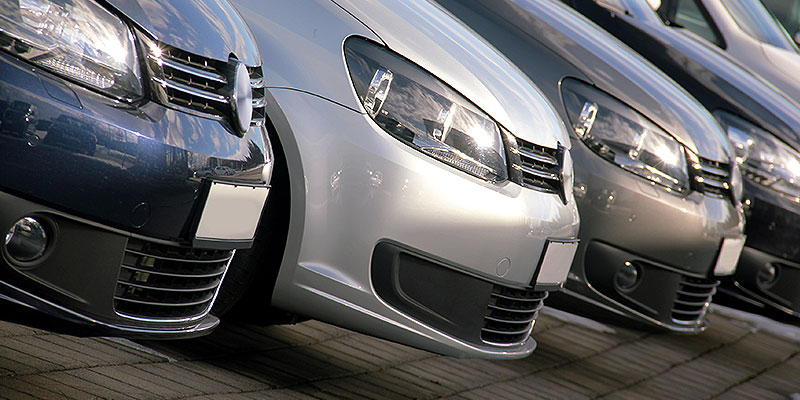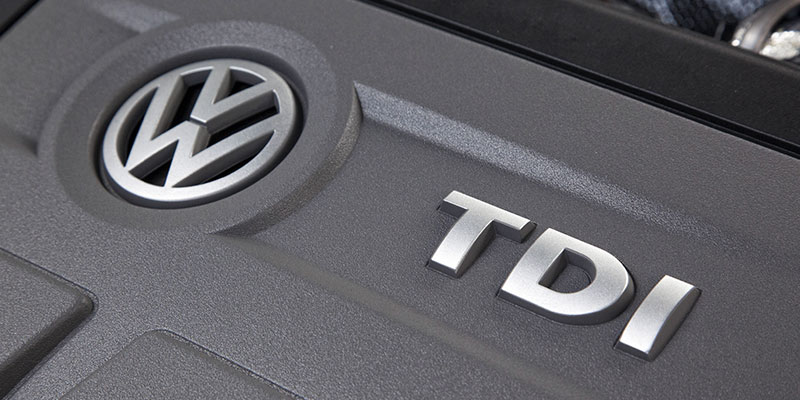The cost of the settlements with regulators, customers and the dealers are huge enough, topping $US15.9 billion ($A20.9 billion) and counting, but when you wade through the details of the court order formalised earlier this week in the US District Court in San Francisco, it is apparent that the worst is yet to come.
The company now faces the biggest logistical nightmare ever inflicted on a car-maker in the entire history of the motor industry.
Aside from the financial penalties, the terms of the settlement mean Volkswagen must now take responsibility for every one of the nearly 500,000 2.0-litre cars it sold in the US with a defeat device fitted. This does not count the 3.0-litre cars for which no decision has yet been made.
Owners of the affected 2.0-litre diesel VWs manufactured between 2009 and 2015 have three options depending on their circumstances and preferences.
Firstly, VW can buy the car back at a price based roughly on the pre-scandal trade-in value.
That price will include somewhere between $US5,100 and $US10,000 ($A6,700 and $A13,150) in compensation that is intended to restore owners to their position prior to the emissions scandal breaking in mid-September last year. Those with finance leases can have them paid out.
Secondly, owners can also choose to keep their vehicles and have them modified by Volkswagen to go as close to meeting emission standards as they can.
They will also receive a compensation payment based on a sliding scale that reflects the age and mileage of their car.
This option is dependent on VW devising, and then having approved in a timely fashion, modifications that can achieve the emissions requirement while not adversely affecting the performance of the car.
If that was possible, it is reasonable to expect that VW would have built the cars that way in the first place. No such engineering fix has yet been approved.
Thirdly, owners can also choose to do nothing.
There is no compulsion on them to be part of the settlement or have a particular car fixed. While enough money is on the table to ensure that many, if not most, owners will take up one of the first two options, there are expensive implications for VW if too many owners opt out of the settlement.
The onus is on Volkswagen to achieve 85 per cent buy back and/or rectification of the affected vehicles. The company will have to pay $US85 million ($A111.84 million) for each percentage point they fall short, and an additional $US13.5 million ($A17.76 million) for each percentage point they fall short in California.
Now that the biggest civil settlement yet involving the automotive industry has been approved, buybacks are set to begin in mid-November.
VW owners have until September 1, 2018 to decide what they wish to do.
But here is the sting in the tail.
Affected vehicles that are bought back cannot be resold by VW either in the US or exported from there unless they have had their emissions systems rectified to the satisfaction of US authorities.
Adding up the costs
The pain for Volkswagen is far from over but this is the core of the burden that will require funding:
| Buy back | $US10 billion ($A13.16 billion) |
| Remediation | $US2.7 billion ($A3.55 billion) |
| Zero Emissions Investment | $US2 billion ($A2.63 billion) |
| Dealer settlement | $US1.2 billion ($A1.58 billion if/when approved) |
| Fines imposed on VW for law breaches | Yet to be decided |
| The cost of recycling bought-back cars | Too early to tell |
| Admin costs | Massive, but no-one will ever know |
| Legal fees | Christmas will be early this year |
And that is just the United States.
In other words, they cannot buy them back in the US and send them off to another country to be sold at bargain prices unless they are emissions compliant with US standards.
Consider the logistics of this. Certainly there have been plenty of recalls of millions of cars at a time. But recalls involve owners presenting themselves at dealerships and leaving the car for repair before they return and take the car away to be parked by owners.
But if you buy it back, where will you park it? Dealers have no room. Besides, these cars cannot be just shuffled off the wreckers, assuming wreckers even have the capacity to receive them and assuming wreckers want to take more than just a few anyway.
The cars have to be “ethically recycled”.
This will involve transporting hundreds of thousands of cars to wrecking yards where they will be dealt with in accordance with strict protocols. Simply transporting the cars will chew up $US250 to $300 million ($A329 million to $A395 million), before anyone lifts a spanner to take them apart.
And that’s what has to be done. The cars have to be rendered useless; never to be driven again.
According to the consent decrees approved as part of this settlement these cars must all be made inoperable and ready for recycling. This entails “…at a minimum, to specifically cut a three-inch (75mm) hole in the engine block for all engines”.
The definition of scrapped applied in the documents includes, “…the disabling of the chassis by cutting the vehicle’s frame rails completely in half”.
The Engine Control Unit (ECU) must also be removed and cannot, along with the diesel oxidation catalyst and diesel particulate filter, be used again.
There are a lot of costs and work here for very little, if any, return. It is doubtful that there will be much demand for any recycled parts and the labour costs involved will be significant – easily as much again as transport costs.
VW is reported to be hiring 900 people to help with the buybacks, including one employee to be stationed at each of its 652 US dealerships.
By John Mellor and Daniel Cotterill













 Read More: Related articles
Read More: Related articles

